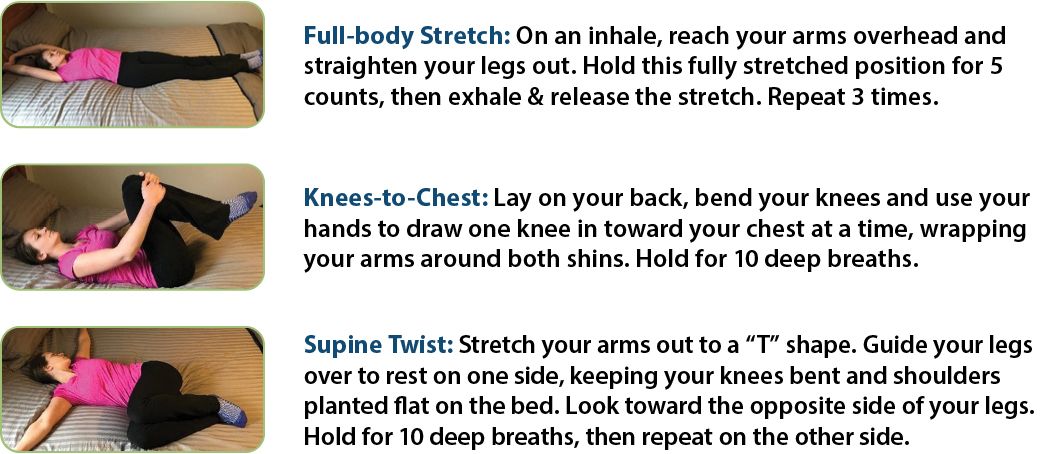
How to Maintain Mobility and Flexibility in Old Age
- 0
As we age, it is important to prioritize our physical health and well-being in order to maintain mobility and flexibility. Staying active and engaging in regular exercise is crucial for preventing muscle loss, improving balance, and preserving joint function. In this article, we will discuss the various ways you can maintain mobility and flexibility as you age.
1. Stay Active
Regular physical activity is key to maintaining mobility and flexibility in old age. Incorporating activities such as walking, swimming, yoga, or Tai Chi into your daily routine can help improve muscle strength, balance, and range of motion. Aim for at least 30 minutes of moderate exercise most days of the week to keep your body strong and agile.
2. Stretch Daily
Stretching is essential for maintaining flexibility and preventing stiffness in your joints. Incorporate a daily stretching routine that targets all major muscle groups, including your arms, legs, back, and core. Focus on holding each stretch for at least 30 seconds and remember to breathe deeply to help relax your muscles.
3. Practice Balance Exercises
Poor balance is a common issue in older adults and can lead to an increased risk of falls and injuries. Incorporating balance exercises into your routine, such as standing on one leg or walking heel to toe, can help improve your stability and coordination. Consider taking a balance class or working with a physical therapist to develop a personalized balance training program.
4. Maintain a Healthy Diet
Eating a balanced diet rich in fruits, vegetables, lean proteins, and whole grains can help support your overall health and mobility. Proper nutrition is important for maintaining muscle mass and bone density as you age. Be sure to stay hydrated and limit your intake of processed foods and sugary beverages that can contribute to inflammation and joint pain.
5. Stay Hydrated
Proper hydration is essential for maintaining joint health and flexibility. Drinking an adequate amount of water each day can help lubricate your joints and reduce stiffness. Aim to drink at least 8-10 glasses of water daily, and consider incorporating hydrating foods such as fruits and vegetables into your diet.
6. Listen to Your Body
As you age, it is important to listen to your body and pay attention to any signs of pain or discomfort. Overexerting yourself during exercise or ignoring warning signs can lead to injury and setbacks in your mobility. If you experience persistent pain or limited range of motion, consult with a healthcare professional to determine the best course of action.
7. Seek Professional Help
If you are struggling to maintain mobility and flexibility on your own, consider seeking help from a physical therapist or fitness professional. They can provide guidance on proper exercise techniques, develop a personalized fitness plan, and offer support and encouragement as you work towards your goals. Don’t be afraid to ask for help when needed.
Conclusion
It is never too late to start prioritizing your physical health and well-being. By incorporating regular exercise, stretching, balance training, and proper nutrition into your daily routine, you can maintain mobility and flexibility well into old age. Remember to listen to your body, stay hydrated, and seek professional help when needed. With dedication and consistency, you can stay strong, active, and independent as you age.

